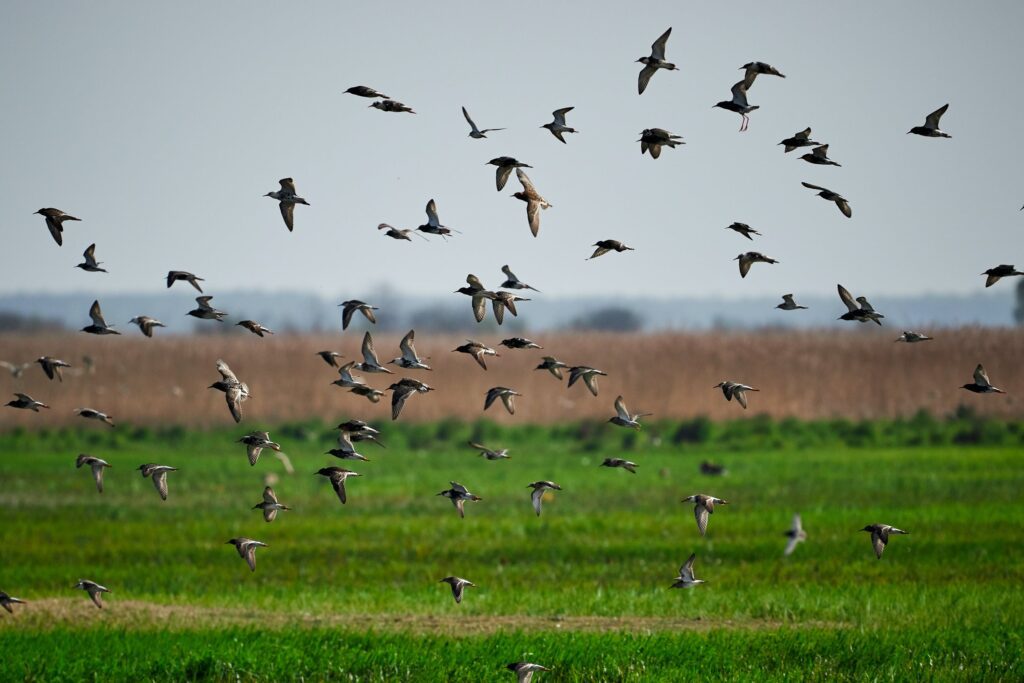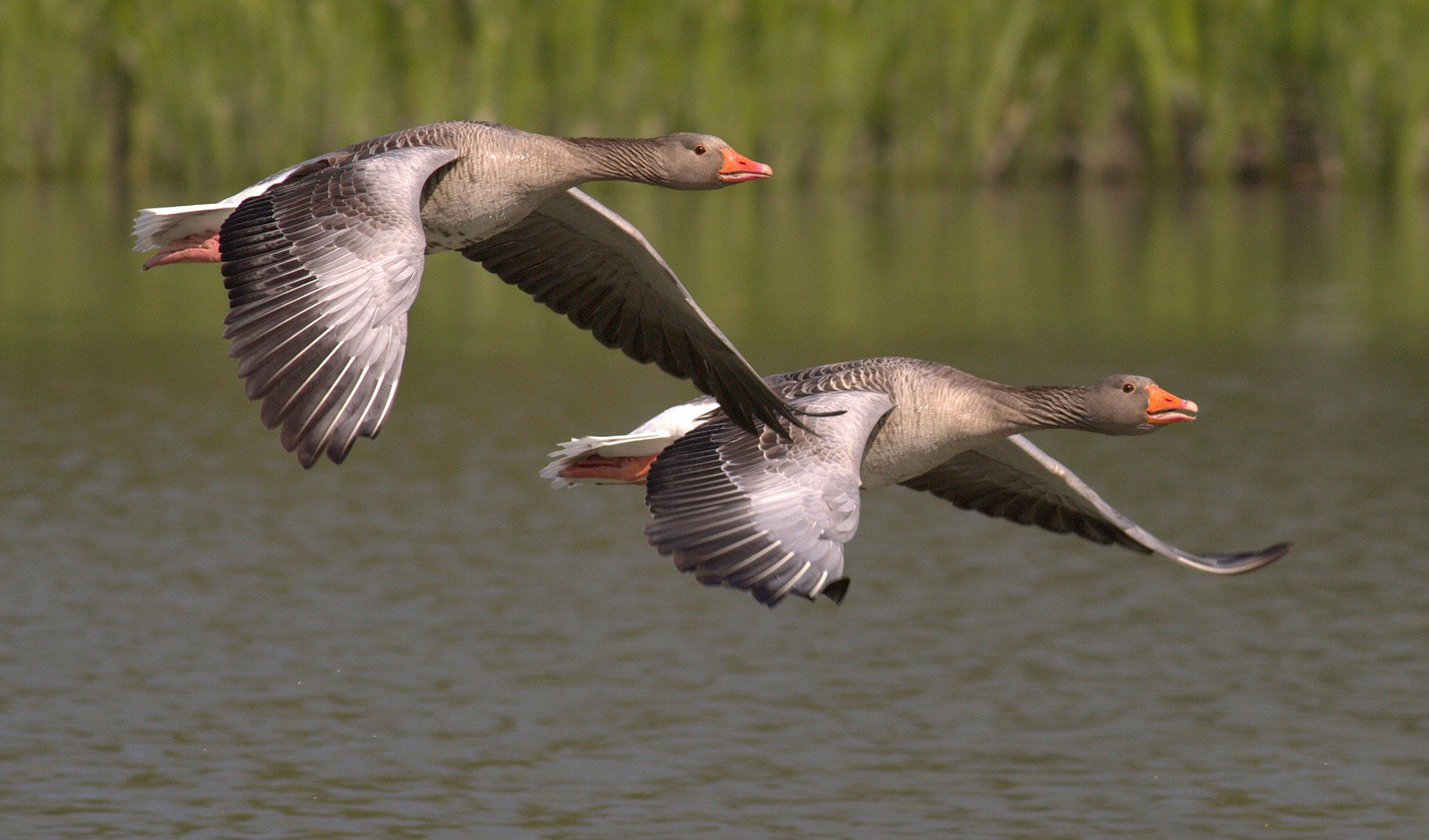
Migration is common among the Birds , Animals and fish.There my many factors that determine the migration.The most common factors are , breeding, climatic conditions, habit destruction on in search of food . But the migration in birds is very much fascinating as millions of birds embark on an amazing annual trek across continents, covering thousands of miles to reach their wintering and breeding habitats.
The amazing accuracy with which these bird migrants navigate over large distances is one of the most fascinating features of bird migration. Scientists are still learning the exact principles underlying bird navigation, but they’ve already discovered a wealth of amazing information about this amazing phenomenon.These remarkable senses of direction, migratory birds can locate themselves even in the absence of visual cues.

Many environmental elements, including the Earth’s magnetic field, the Sun’s position, and even the stars at night, are believed to have an effect on this internal direction.Magnetic compass: Earth’s magnetic field is one of the most well-studied navigational aids used by migratory birds. Birds can detect and interpret the Earth’s magnetic field lines through an amazing technique called magnetoreception, which allows them to use the lines as a useful navigational tool.
This enables them to pinpoint their exact location and keep a steady course while migrating.Some migratory birds have been found to have specialized cells that store magnetite, a magnetic mineral that may be necessary for detecting magnetic fields. Through the investigation of magnetite particle orientation within the bodies of birds, scientists have gained important knowledge about how birds interpret and use magnetic information for navigation.
Migratory birds not only use Earth’s magnetic field, but also on astronomical signals such as the position of the sun and stars to direct them. Many species use the sun as a reference point during the day, changing their orientation according to their position in the sky. Night-migrants turn their attention to the sky, using constellations and celestial patterns to maintain them as dusk approaches
According to recent research, birds may have unique photoreceptors that enable them to recognize polarized light patterns produced by the sun, enabling them to calculate the sun’s position even when hidden by clouds or other meteorological factors. By comparison, the intricate patterns of the starry sky act as a celestial roadmap, guiding birds on their migration paths with astonishing precision.
Environment patterns.These signals can be small changes in temperature, wind patterns, and air pressure, or they can be landmarks such as coastlines, mountain ranges, and rivers.Geographical features and visual landmarks Visual markers and topo graphic features are essential for navigation for many migratory species. During their migration, birds become familiar with important sites and use them as landmarks to stay on the path and avoid getting lost.
Mountains, river valleys and coastal areas act as natural highways, guiding birds along well-established migration routes that have been transferred over the centuries.
Cognitive mapping and spatial memory migratory birds can accurately navigate complex environments because, in addition to environmental clues, they have exceptional spatial memory and cognitive mapping skills. Birds learn their migratory routes by experience and observation, and they integrate landmarks, topo graphic features, and navigational cues into their internal navigation systems.
The hippocampus, a part of the brain associated with navigation and spatial memory, has been shown in recent studies to play a moderating role in bird migration. Birds are able to confidently navigate new territories and adapt to changing environmental conditions through the integration of sensory information and spatial awarenes.
Migratory birds gracefully and accurately traverse in the sky, guided by the stars and magnetic fields that define their journey. It reminds us of the deep relationship that exists between species and their surrounding environment. Let’s appreciate the wonder of bird migration while at the same time emphasizing how important it is to protect the ecosystems and habitats on which these birds depend.


1 thought on “How migratory Birds Navigate during migration without Radar system”